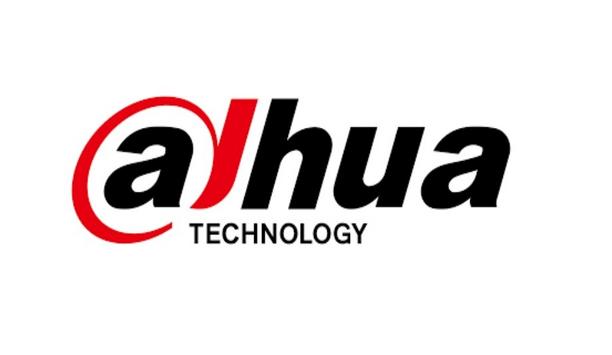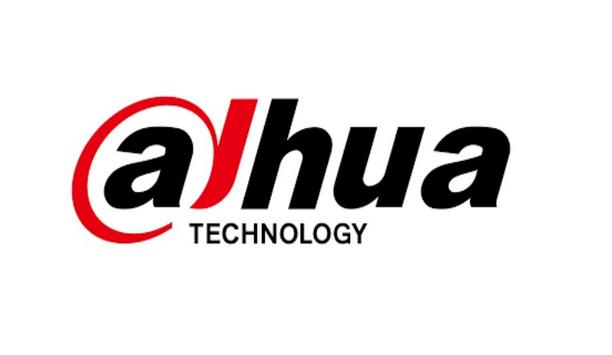G4S, the global integrated security company, introduces the G4S Security Risk Management Model, a risk-based, data-driven approach to oversee enterprise security management. G4S helps businesses learn how to mitigate risk through a suite of software tools developed in partnership with industry experts and Georgia State University’s Center for Process Innovation.
To build this tool, G4S went outside the security industry and worked with an academic partner, the Georgia State University Center for Process Innovation, to help them look at the issue from a completely new perspective. Using an Effects-Based Design planning method, G4S developed a comprehensive, consistent, and easy-to-use model that takes security risk management to a whole new level.
Through analysing a customer’s risks and evaluating their resources, G4S and its related business units work together to deliver a resolution
Security risk management
Through analysing a customer’s risks and evaluating their resources, G4S and its related business units work together to deliver a resolution with proven methodology, backed by expertise, experience and research.
“Our Security Risk Management Model uses researched-backed tools, combined with our highly trained Risk Management team, to deliver a customised security program that helps our clients prevent, contain and recover from risk,” said John Kenning, Regional CEO, G4S Americas. “We help our clients determine what their risks are and where to focus more resources to improve security.”
Potential return on investment
Security risk management is the backbone of a security program. It provides a holistic approach to optimising an entire security program, helping to identify obstacles to security risk issues, while providing insights into the potential return on investment.
The G4S risk-based approach through the Security Risk Management Model minimises threats by addressing risks in proportion to their size and complexity. G4S works with clients to determine every resource they want to protect, the potential risks to these resources, and possible resolutions to mitigate the risks. After completing the assessment, clients can choose the level of service that fits their organisation’s security risk management needs.
Stay ahead in the era of intelligent security systems powered by Artificial Intelligence with our special e-magazine on AI in security.
























